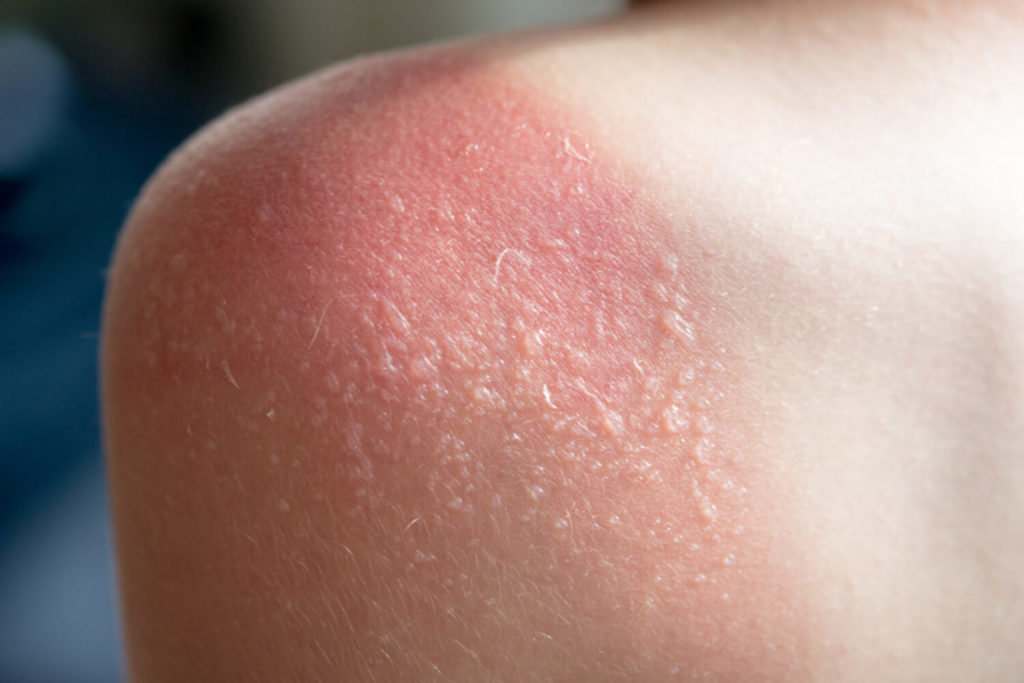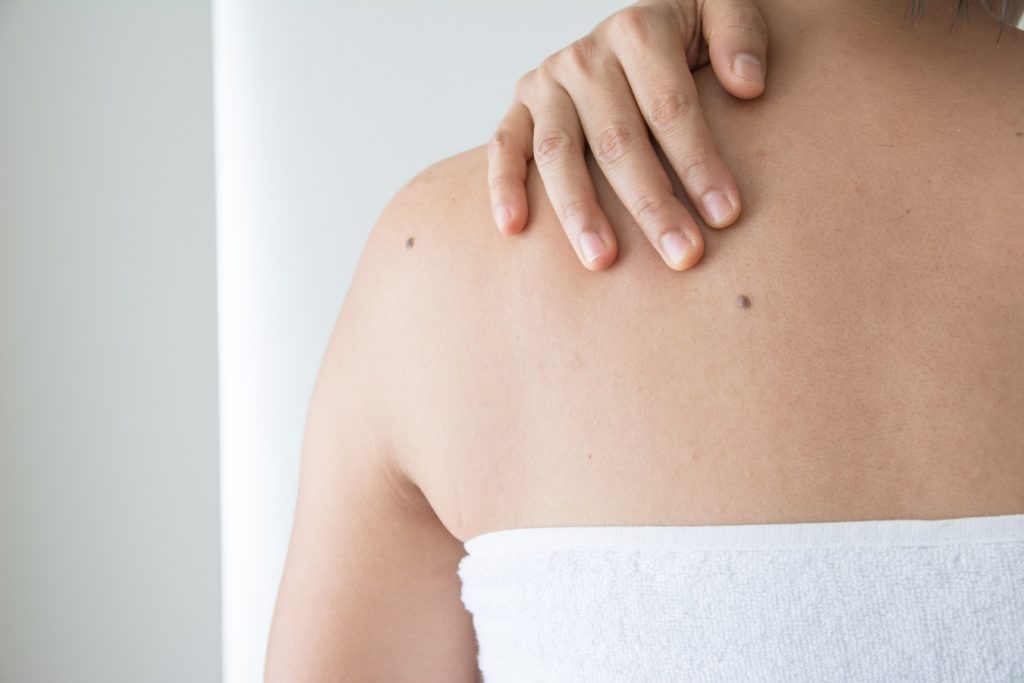Skin cancer is a type of cancer that develops in the cells of the skin. Skin cancer is the most common cancer in the world and can affect people of all ages, genders, and skin types. The most common type of skin cancer is basal cell carcinoma (BCC), followed by squamous cell carcinoma (SCC) and melanoma. Skin cancer can be caused by overexposure to UV radiation from sunlight or tanning beds, as well as genetics and certain medical conditions. Early detection and treatment are key to managing skin cancer successfully. Skin cancer can have serious consequences if not treated early.
Types of Skin Cancer
Basal cell carcinoma (BCC) is the most common type of skin cancer, and it is caused by prolonged exposure to ultraviolet (UV) radiation from the sun or tanning beds. It affects areas of the skin that are exposed to sunlight, such as the face, neck, hands, and arms. BCCs often look like a pimple at first, but they never go away. BCCs will slowly grow larger over time. The most common location for BCC is on the face. BCC can be treated effectively with surgery or other treatments such as radiation therapy or topical medications. Early detection is key in preventing serious complications from BCC, so it’s important to be aware of any changes in your skin and visit a doctor if you have any concerns.
Squamous cell carcinoma (SCC) is one of the most commonly diagnosed types of skin cancer. It typically appears as a hard, scaly patch on the skin that can range in color from pink to red to brown. SCC can develop anywhere on the body, but it is most commonly found on areas that are exposed to sunlight, such as the face, ears, and neck. In more severe cases, SCC can spread to other parts of the body and become life-threatening. Early detection and treatment are essential for managing SCC and preventing it from becoming more serious.
Melanoma, the most dangerous type of skin cancer, can spread to other parts of the body and is often fatal if not detected and treated early. Melanomas appear in a variety of shapes, sizes, and colors. Because a melanoma lesion is made of abnormal cancerous cells, they look bizarre. These lesions may be a few different colors (tan, black, grey, pink, brown), are oddly shaped, bleed, and may appear to have lost pigment.
It is important to be aware of risk factors for melanoma, such as exposure to ultraviolet (UV) radiation from sunlight or tanning beds, a family history of melanoma, having fair skin or freckles, and having a weakened immune system. Regular skin checks can help detect melanoma early and increase the chances for successful treatment.
Precancerous Skin Lesions
One of the most common types of precancerous lesions is actinic keratosis, which occurs when long-term sun exposure damages the skin cells. Symptoms can include pink or red scaly plaques or patches on the face, scalp, ears, back of the hands, and other parts of the body. These lesions may wax and wane over time, but never heal completely. Actinic keratoses sometimes bleed.
Another potentially concerning precancerous skin lesion is a dysplastic nevus. Dysplastic nevus is a type of mole that can develop into melanoma if left untreated. Dysplastic nevus can be identified by its irregular shape, uneven color, and size greater than 6 millimeters. It is important to monitor any changes in moles on your body and to get regular skin checks from a dermatologist to make sure that any suspicious moles are caught early.
Check Your Skin Monthly
Self skin exams are a simple and effective way for individuals to check their own skin for signs of abnormalities that may indicate the presence of cancerous or pre-cancerous cells. This article will discuss how to perform a self skin exam, what signs to look out for, and when it is time to seek medical advice.
Self skin exams are very useful. You know your skin best! When checking your skin, look for pink, non-healing lesions or lesions that bleed. This could be a sign of abnormal skin cells. Also note any lesions that are growing in size. Whether it’s a mole or a scaly plaque, growth is cause for concern.
One of the most important steps in identifying skin cancer is understanding the ABCDs of skin cancer. The ABCDs stand for Asymmetry, Border, Color, and Diameter. By familiarizing yourself with these characteristics, you can be better prepared to spot any potential signs of skin cancer.
Check your skin once a month. Examine your face, neck, and chest. Then examine your hands and arms. Lift your arms over your head and examine your underarms, flanks, and palms. Next, examine your abdomen, pelvis, upper and lower legs and feet. Don’t forget to look at your nails, between the toes, and bottom of your feet. Finally, use a hand held mirror to examine your buttocks and back as best as you are able. If possible, have a friend or partner examine the back of your ears, neck, and scalp.
It’s important to note that you cannot check your skin completely. Annual skin exam with a dermatologist are recommended, especially if you have a personal history of skin cancer or a family history of melanoma.
When to Seek Care
If you notice any changes in your skin, it is important to seek medical attention right away. At Tennessee Telederm, we specialize in detection and treatment of all skin cancer and precancerous lesions. With more than a decade of experience, you can trust that Tennessee Telederm will be thorough and create a treatment plan that is up to date and efficient. Our Nurse Practitioner, Kristen Stirling, can evaluate the lesion and determine if further testing is necessary. Early detection and treatment are key to improving outcomes for those with skin cancer.




